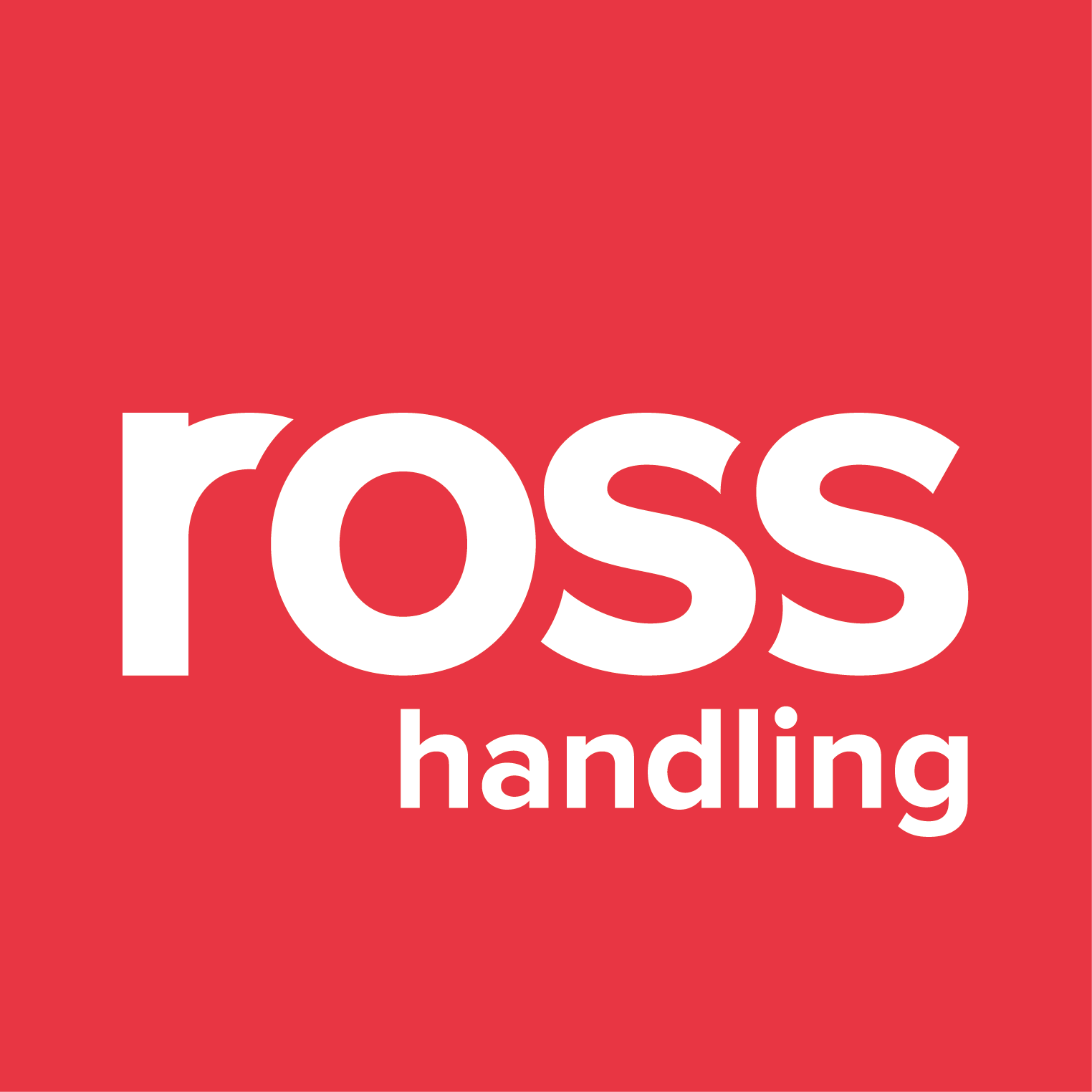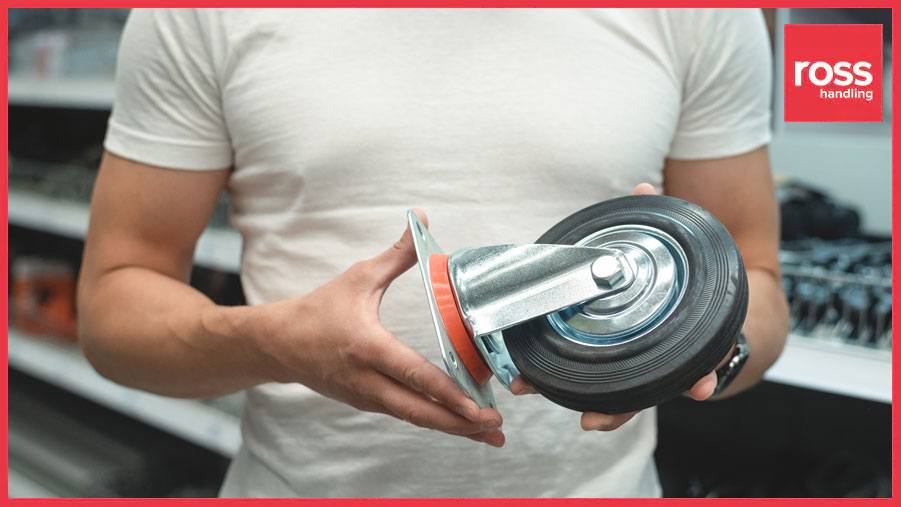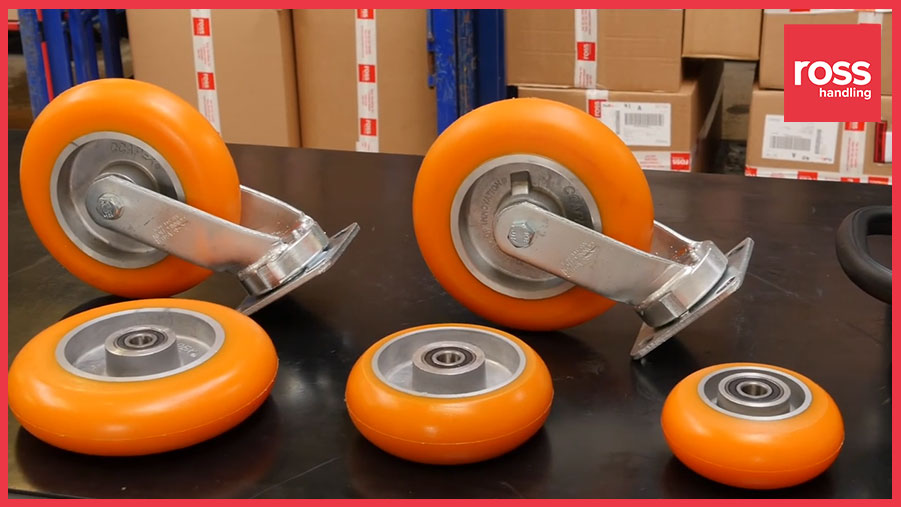Your Guide to Castor Wheel Maintenance

-

- Ross Castors Blog
- 12 Aug 2025
-
180views

Castors are at the heart of smooth operations in countless business environments, from retail stockrooms to warehouses and beyond. Responsible for moving trolleys, displays, and essential equipment, they endure heavy loads, rough surfaces, and near-constant movement. Like any hardworking component, castors need care and attention but just as importantly, they need replacing when they no longer perform as they should.
Why Replacement Is Sometimes the Best Option
It’s easy to overlook castors until there’s a problem whether that be a jammed trolley, a persistent squeak, or an unexpected breakdown. Regular maintenance is vital, helping to extend the lifespan of your equipment, boost efficiency, and prevent costly disruptions. By keeping a close eye on your castors and assessing their condition, you can prevent issues before they escalate. Sometimes, however, the smartest and most cost-effective solution is to replace castors that are past their best.
Signs Your Castors Need Attention
There are several warning signs that suggest your castors are due for maintenance or, in some cases, replacement. Wobbling, excessive vibration, or strange noises such as squeaking or grinding often point to underlying problems. You might also notice difficulty when rolling or swivelling, visible damage on the castors or mounting brackets, or even uneven wear on the floor surface. When these issues arise, prompt action is essential and replacement may be the most reliable fix.
Routine Maintenance Checklist
Even the best maintenance regime can only go so far. However, by following a regular schedule, you’ll get the most from your castors before it’s time to swap them out:
1. Clean Thoroughly
Remove dirt, debris, or obstructions from around the castor. Use a brush or compressed air for hard-to-reach areas, and wipe the housing with a damp cloth.
2. Inspect for Damage
Check for cracks, flat spots, or sections missing from the castor. Examine swivel bearings and axles for signs of rust or looseness. Ensure all mounting bolts and nuts are secure.
3. Lubricate Moving Parts
Apply light machine oil or a silicone-based lubricant to axles, bearings, and brakes (where applicable). Always wipe away excess to prevent dust build-up.
4. Check Load Capacity
Make sure castors are not overloaded and distribute weight evenly to prevent premature wear.
5. Tighten Hardware
Use the correct tools to ensure all hardware is snug and replace any missing or worn components.
When to Replace Your Castors
No amount of maintenance can save a castor that’s reached the end of its service life. If you notice irreparable cracks, deformation, rusted or seized swivel heads, brakes that don’t engage, or persistent resistance and noise even after cleaning, it’s time for replacements. Fitting new castors is the best way to safeguard safety, efficiency, and the longevity of your equipment.
Protect Your Investment—Replace Castors Before Downtime Strikes
Proactive maintenance will keep your equipment rolling for longer, but recognising when replacement is due is crucial for uninterrupted business. Don’t let worn castors slow you down. Choose reliable, high-quality replacements to keep your operations running smoothly.
Ready to upgrade your equipment?

 (EUR)
(EUR)




